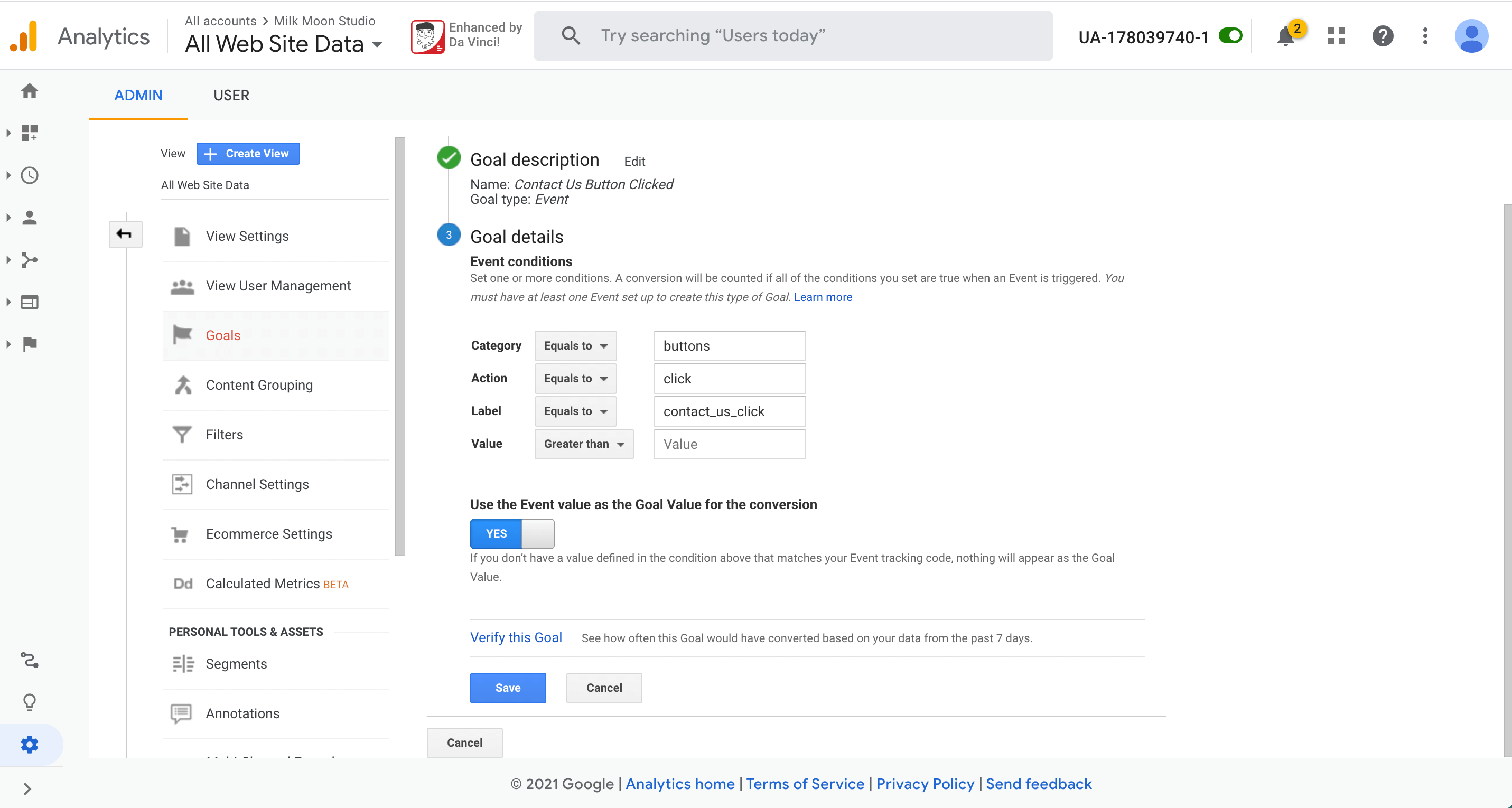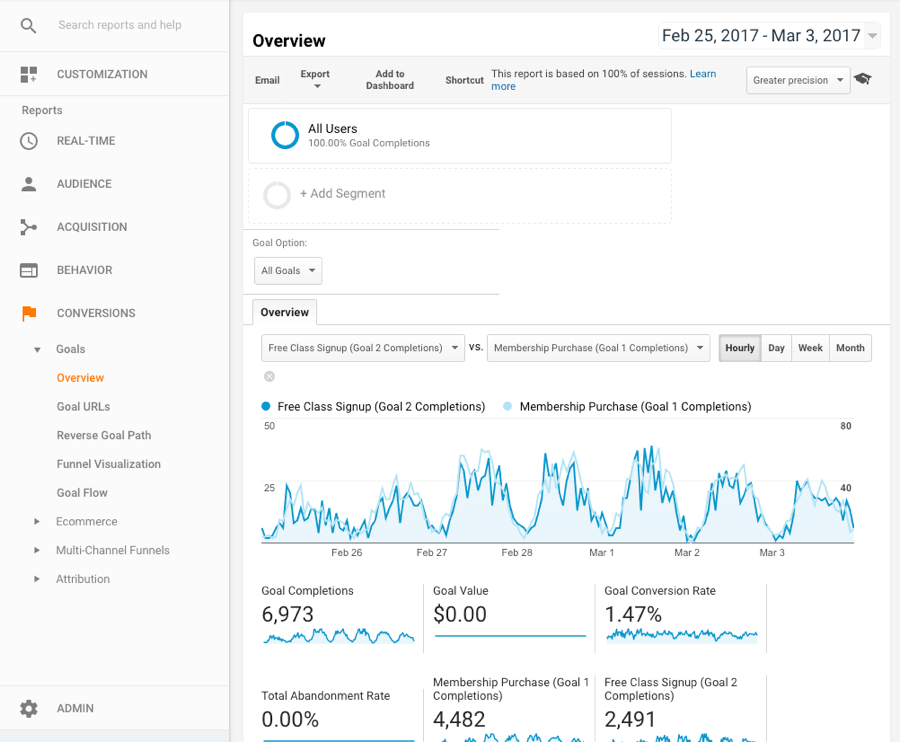What Data Is Google Analytics Goals Unable to Track and Why
What Data Is Google Analytics Goals Unable to Track and Why
Blog Article
Unveiling the Blind Spots: Comprehending What Google Analytics Goals Can not Gauge
In the world of digital analytics, Google Analytics stands as an effective tool for tracking and analyzing on-line individual interactions. Recognizing what Google Analytics goals can not measure is essential for gaining a detailed view of customer habits and engagement.
Customer Habits on External Platforms
Recognizing exactly how users connect on outside platforms is crucial for maximizing on the internet strategies. Exterior platforms, such as social media networks, recommendation sites, and on the internet forums, play a significant duty in driving website traffic to a firm's site. By assessing individual habits on these systems, businesses can get beneficial insights into the efficiency of their marketing efforts and the choices of their target audience.
One trick aspect of customer behavior on outside platforms is the reference resource. By tracking where the individuals are originating from, organizations can determine which platforms are driving one of the most traffic to their internet site. This information can aid business allot their resources a lot more effectively, focusing on the systems that produce the very best outcomes.

Offline Conversions and Communications
Assessing customer actions on exterior platforms provides valuable insights into online techniques; however, taking into consideration offline conversions and interactions is similarly important for a detailed understanding of a business's overall performance. While Google Analytics succeeds at tracking on-line interactions, it falls brief in recording the total client journey that frequently includes offline touchpoints. Offline conversions, such as in-store acquisitions or phone queries, play a considerable role in many businesses' success. Ignoring these communications can cause an altered sight of the efficiency of advertising campaigns and total service performance.

Attribution Beyond Last Click
When diving right into the world of digital advertising and marketing analytics, it comes to be vital to look past the solitary touchpoint of the last click for a more thorough understanding of attribution. While Google Analytics gives important understandings right into user habits, depending solely on last-click attribution can be restricting - what data is google analytics goals unable to track. Attribution versions that go past the last click provide an extra nuanced sight of the customer journey, taking right into account all the touchpoints that result in a conversion
Acknowledgment past the last click permits marketing professionals to appoint credit score to various interactions along the conversion path, providing a more clear photo of the performance of different marketing channels. By discovering multi-touch acknowledgment models such as linear, time decay, or position-based acknowledgment, services can better assign their marketing budgets and maximize their approaches for optimal influence.
Comprehending the impact of each touchpoint in the conversion process is important for making notified choices and making best use of ROI. By welcoming attribution past the last click, services can acquire deeper understandings into customer behavior and customize their advertising efforts more properly.
Cross-Device and Cross-Browser Monitoring

Likewise, cross-browser tracking complements cross-device monitoring by capturing customer habits as they switch in between various web internet browsers. Understanding exactly how users communicate with web sites on various web browsers can assist marketers this page enhance their on-line experiences to make certain consistency and capability across different systems.
Qualitative Information and User Intent
Comprehending customer intent with qualitative information evaluation is essential for developing targeted digital advertising approaches that reverberate with the needs and choices of the target audience. Qualitative data offers insights into the 'why' behind customer activities, losing light on inspirations, emotions, and preferences that quantitative data alone can not record. By analyzing customer responses, remarks, and communications, marketing experts can reveal useful details concerning customer intent, permitting them to customize their messaging, web content, and offerings to better line up with what their target market is looking for.
Qualitative information likewise helps in recognizing the context in which individuals engage with a website or application. This contextual understanding allows online marketers to create even more individualized and relevant experiences, inevitably driving higher engagement and conversion rates. By diving into customer intent via qualitative data analysis, companies can obtain a much deeper understanding of their target audience, leading to extra effective advertising and marketing methods that meet individuals' expectations and demands.
Conclusion
Finally, Google Analytics goals have constraints in measuring customer behavior on outside platforms, offline conversions, acknowledgment beyond last click, cross-browser and cross-device tracking, and qualitative data associated with individual intent. what data is google analytics goals unable to track. It is essential for companies to be mindful of these dead spots in order to supplement their information analysis with various other tools and approaches to get a more thorough understanding of their audience and boost their general electronic advertising strategies
By assessing individual behavior on these go to the website systems, services can get valuable insights right into the efficiency of their marketing initiatives and the preferences of their target audience.
Assessing customer habits on external systems offers important understandings into on-line methods; nonetheless, taking into consideration offline conversions and communications is equally vital for a comprehensive understanding of a firm's general performance.In digital advertising and marketing analytics, relocating beyond last-click acknowledgment to check out cross-device and cross-browser tracking is vital for gaining an alternative understanding of individual interactions across various systems and tools. By assessing customer responses, remarks, and interactions, marketers can reveal beneficial details concerning individual intent, enabling them to tailor their messaging, content, and offerings to better align with what their audience is seeking.
By diving right into individual intent via qualitative information evaluation, organizations can get a deeper understanding of their target audience, leading to much more efficient advertising strategies that meet customers' demands and expectations.
Report this page